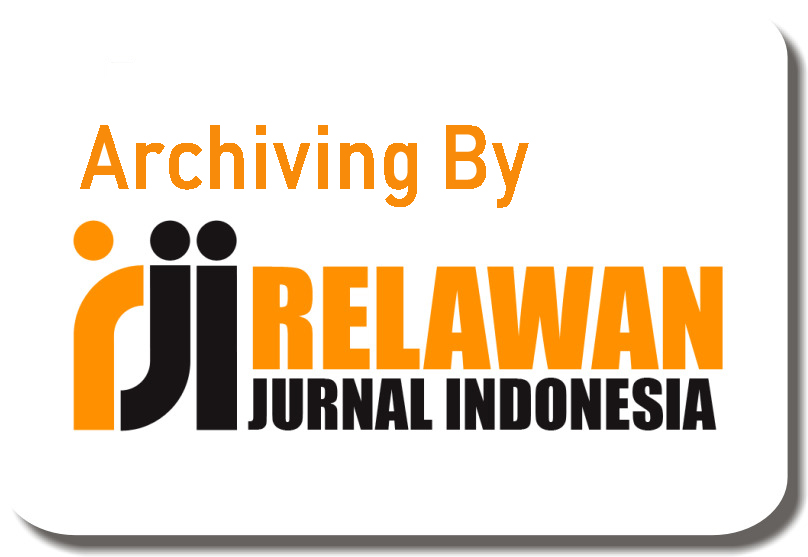Islamic Education Teachers’ Efforts in Mitigating the Hazards of Smoking at SMP Negeri 28 Mataoleo
Abstract
Keywords
Full Text:
PDFReferences
Agoes, D. (2003). Psychology of young adult development. Jakarta: PT Grasindo.
Aryani. (2010). Adolescent health problems and solutions. Jakarta: Salemba Medika.
Atikah, A., & Eni, A. (2012). Dampak Rokok terhadap Kesehatan Manusia. Jakarta: Pustaka Medika.
AW, M. (2024). Wawancara dengan Guru BK SMP Negeri 28 Mataoleo tentang Perilaku Merokok Siswa. Bombana.
Bandura, A. (1986). Social foundations of thought and action: A social cognitive theory. Prentice-Hall.
Chapman, S., & Freeman, B. (2008). Regulating the tobacco retail environment: Beyond reducing sales to minors. Tobacco Control, 17(6), 469-470.
Eccles, J. S., & Roeser, R. W. (2011). Schools as developmental contexts during adolescence. Journal of Research on Adolescence, 21(1), 225-241.
Fitria, F., Triandhini, R. R., Mangimbulude, J. C., & Karwur, F. F. (2013). Smoking and DNA oxidation. Medical Science, 5(2), 113-120.
Glantz, S. A., & Bareham, D. W. (2018). E-cigarettes: Use, effects on smoking, and the need for regulatory policy. Annual Review of Public Health, 39, 215-235.
Haisusyi, H. (2019). The role of PIK-R in preventing free association of students at MAN Palangka Raya City (Doctoral dissertation, IAIN Palangka Raya).
Hall, P. (2005). Nicotine Addiction and Its Psychological Effects on Smokers. London: Oxford University Press.
Hanushek, E. A., & Woessmann, L. (2020). The economic impacts of learning losses. OECD Education Working Papers.
Hidayati, N. W. (2016). The relationship between self-esteem and peer conformity with juvenile delinquency. Indonesian Journal of Educational Research, 1(2).
Istiqomah, U. (2003). Bahaya Merokok bagi Kesehatan Paru-Paru dan Jantung. Yogyakarta: Gadjah Mada University Press.
Jaya, M. (2009). The dangerous killer named cigarettes. Yogyakarta: Rizma.
Lickona, T. (2004). Character matters: How to help our children develop good judgment, integrity, and other essential virtues. Simon & Schuster.
Mu’tadin, Z. (2010). Psikologi Perilaku Merokok pada Remaja: Sebuah Pendekatan Teoritis. Bandung: Remaja Rosdakarya.
SMP Negeri 28 Mataoleo. (2024). Laporan Bimbingan dan Konseling: Pencegahan Perilaku Merokok pada Siswa. Bombana: SMP Negeri 28 Mataoleo.
Sri Budiyanti. (2018). Problems of learning in elementary schools. Yogyakarta: Deepublish.
World Health Organization. (2021). Tobacco control: Strengthening youth prevention policies. World Health Organization.
World Health Organization. (2020). Tobacco and Its Impact on Health: A Global Report. Geneva: WHO Press.
DOI: https://doi.org/10.31004/jele.v10i2.791
Refbacks
- There are currently no refbacks.
Copyright (c) 2025 Lydia Lydia, Muhammad Ridwan, Darmayanti Darmayanti

This work is licensed under a Creative Commons Attribution-ShareAlike 4.0 International License.



